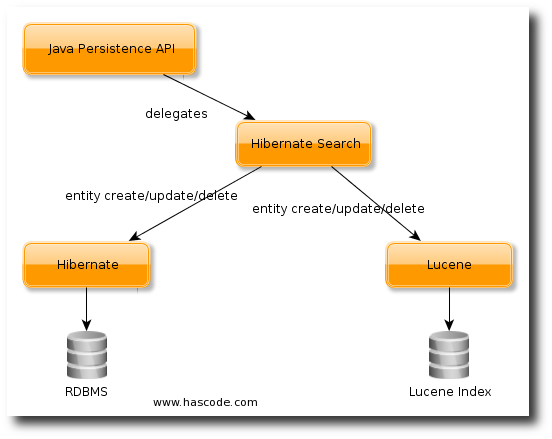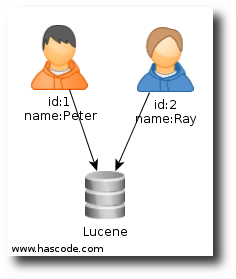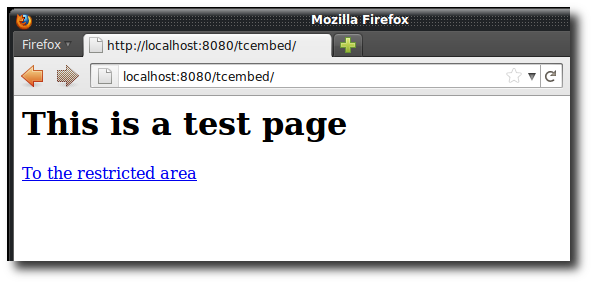
JPA Persistence and Lucene Indexing combined in Hibernate Search
Often we’re writing an application that has to handle entities that – on the one side need to be persisted in a relational database using standards like the Java Persistence API (JPA) and using frameworks like Hibernate ORM or EclipseLink. On the other side those entities and their fields are often stored in a highspeed indexer like Lucene. From this situation arises a bunch of common problems .. to synchronize both data sources, to handle special data mapped in an entity like an office document and so on.. ...





